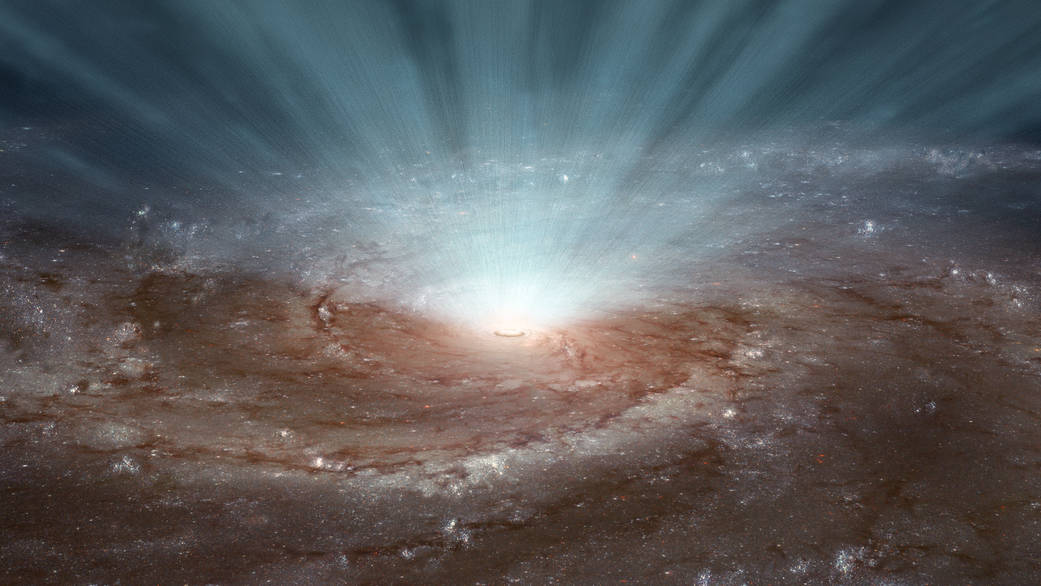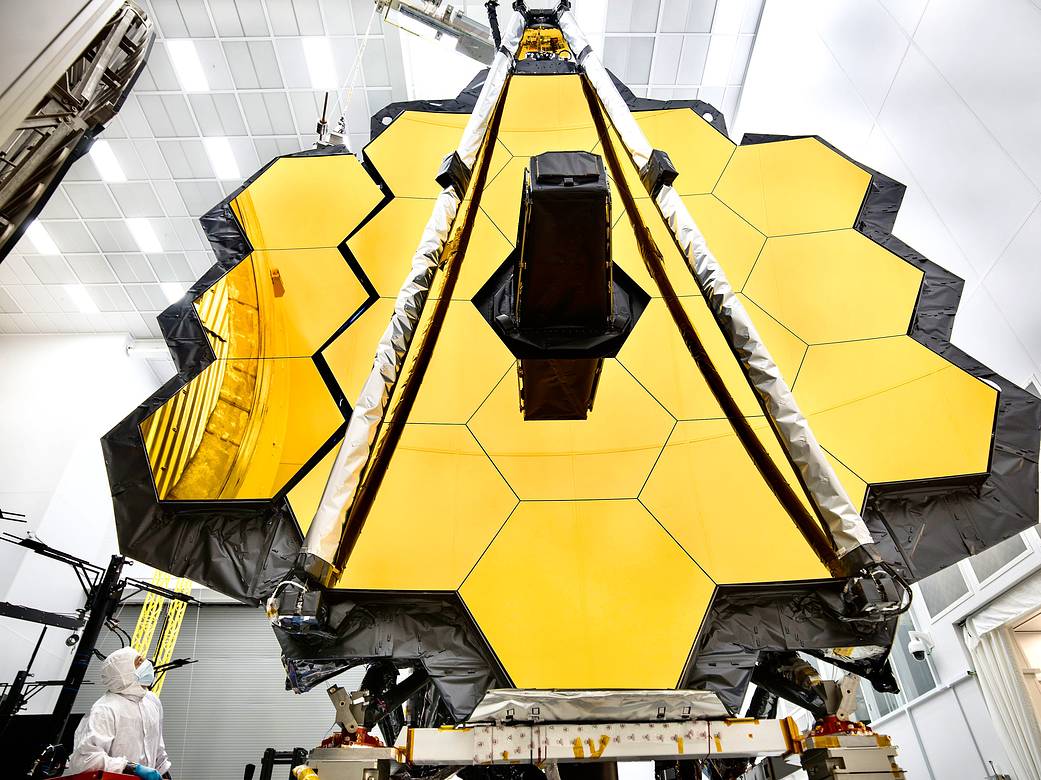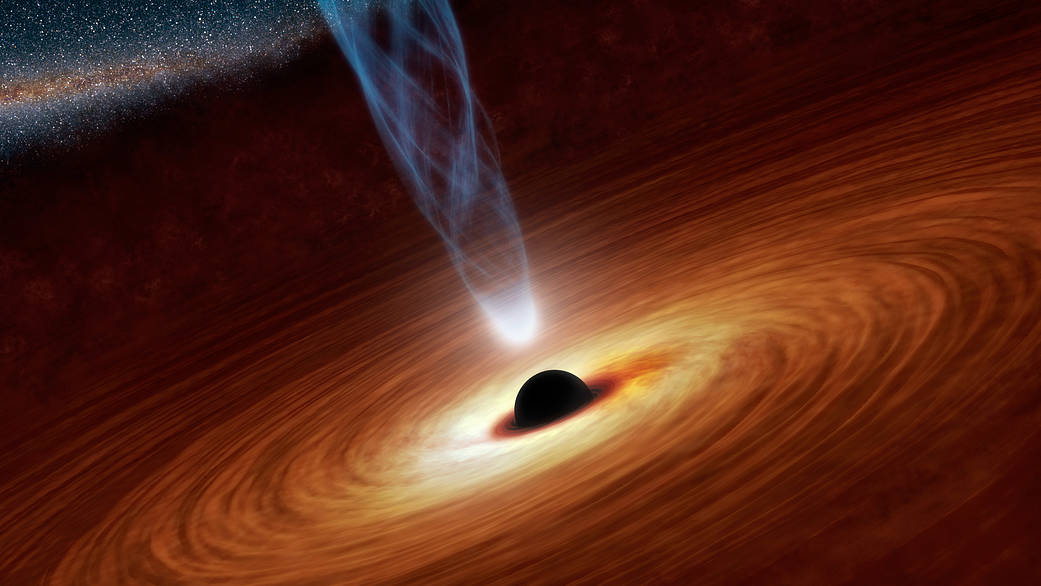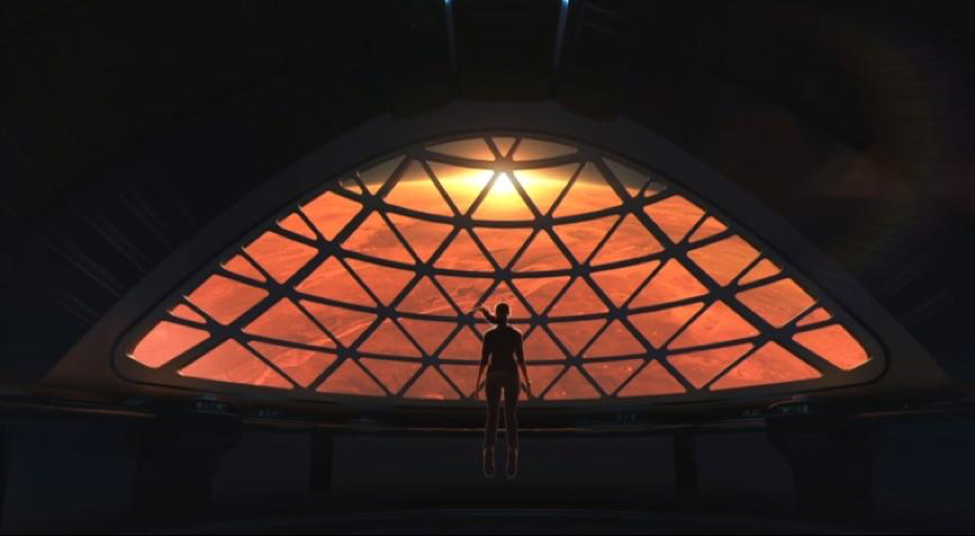Over a decade ago, astronomers were stumped to discover a large number of molecules that existed in the winds of supermassive black holes. This did not make sense to them because black holes are so full of energy and warm in temperature, whereas molecules are some of the coldest parts of space.
The question had remained the same to them since then: How is something so cold able to survive in an environment with such violent heat?
In 2015, astronomers had discovered that at the center of most galaxies there is a destructive energy emitting from these black holes. This energy kills everything that it comes across, including molecules. With this damage to what forms new stars, astronomers believe this phenomenon is what caused “red and dead” galaxies, which only consist of older, low mass stars.

An Artist’s Illustration of Supermassive Black Hole Winds
Image Credit: NASA
Fast forward to 2017, scientists had noticed that there were not only molecules in these outflows, but new stars forming as well. Alexander Richings, a postdoctoral fellow and researcher at Northwestern University, created a computer code for scientists to use in order to study this sensation.
After observing this marvel using the method provided by Richings, Northwestern University’s Center for Interdisciplinary Research and Exploration in Astrophysics hypothesized that these molecules are not survivors of the black hole winds, but instead they are new molecules that were born with the ability to adapt, thrive, and survive in such dangerous conditions.
Richings explains in an interview that “by modeling the molecular chemistry in computer simulations of black hole winds, we found that this swept-up gas can subsequently cool and form new molecules”. This means that once the gases from the outflows cool down, new molecules will be able to be born, thus turning into new stars.
Claude-André Faucher-Giguère, an assistant professor who studies galaxy formation and evolution at Northwestern’s Weinberg College of Arts and Sciences, worked alongside Richings to create the computer code. He shared his excitement in a statement by saying that “this is the first time that the molecule formation process has been simulated in full detail, and in our view, it is a very compelling explanation for the observation that molecules are ubiquitous in supermassive black hole winds, which has been one of the major outstanding problems in the field.”
Richings and Faucher–Giguère believe that because these molecules are formed in these strong conditions that their infrared radiation is warmer and brighter than molecules that already exited.
This prediction is will be tested using the James Webb Space Telescope, which NASA is launching in Spring 2019.

The James Webb Space Telescope’s Primary Mirror
Image Source: NASA
Image Credit: NASA
 Cassie Johnson is a Space Reporter and Photojournalist for Star Letters. She studied Studio Art and Design at Northern Illinois University, with a degree emphasis in Photography. When she is not chasing rockets or staring at the stars, Cassie can be found perfecting her photography or with her dogs, Frankie and Chewie. You can find her on Twitter and Instagram.
Cassie Johnson is a Space Reporter and Photojournalist for Star Letters. She studied Studio Art and Design at Northern Illinois University, with a degree emphasis in Photography. When she is not chasing rockets or staring at the stars, Cassie can be found perfecting her photography or with her dogs, Frankie and Chewie. You can find her on Twitter and Instagram.









